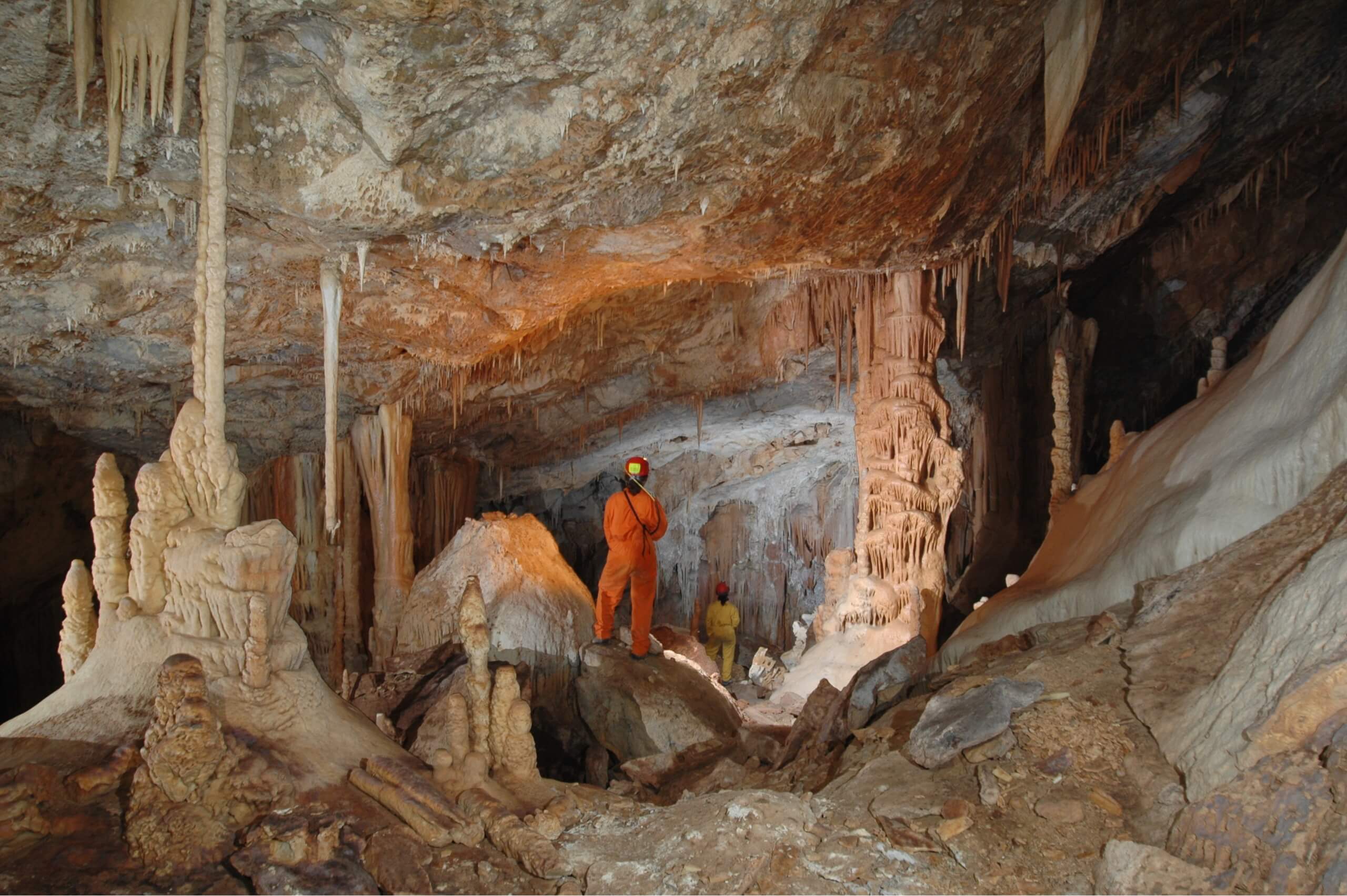CONSERVATION OF CAVE-DWELLING BATS AND CAVE HABITATS IN GREECE

Species
16 species of cave-dwelling bats and several cave invertebrates
Organization
HELLENIC INSTITUTE OF SPELEOLOGICAL RESEARCH
Duration
March 2023 - December 2026
Region
Greece
THE NEED
Although all bat species are strictly protected under the Greek and European legislation, implementation of the law is poor, and at the same time there are no provisions regarding caves in the national environmental legislation. Despite this neglect, caves in Greece are a key ecosystem for the survival of 16 species of cave-dwelling bats that breed, hibernate or simply rest there.
Moreover, bats are keystone species for caves, supporting their unique biodiversity, as they provide the principal organic input (through their droppings) to cave ecosystems, which are fundamentally lacking primary productivity.
THE PROGRAM
The program aims to enhance the protection and conservation of both the caves and the bats that inhabit them. More specifically, it will contribute to the increase and integration of scientific knowledge into environmental policies and legislation, aiming to protect bat roosts and caves. It will highlight the legislative gaps in their protection and mobilize key stakeholders to work in partnership to seek the establishment of a special national protection regime for at least 80 bat caves and the inclusion of more than 280 important caves in the national lists as Habitat Type 8310.
To this direction, data on bats will be published (or submitted for publication) from the Natural History Museum of Crete and HISR’s cave invertebrate collections (snails and slugs, Orthoptera). Documentation will be further disseminated in scientific meetings, with the aim of being included in the Cave Fauna Database of Greece.
Finally, awareness-raising activities will be carried out for the public, through:
- HISR’s website and social media
- press releases and interviews in media
- publication of an illustrated book and the organization of open events
- targeted workshops for cavers and officers of the Protected Areas’ Management Units